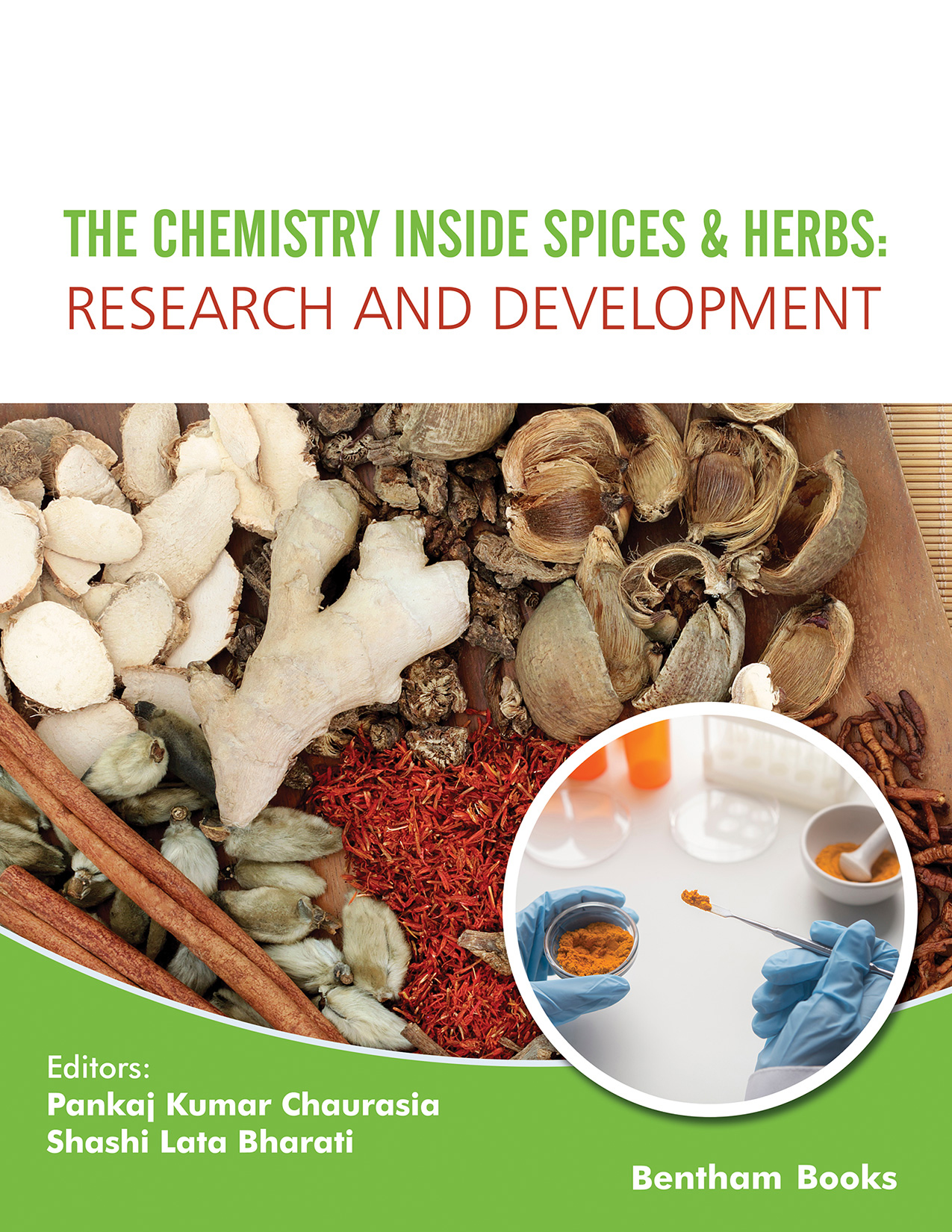Introduction
The Chemistry inside Spices & Herbs: Research and Development brings comprehensive information about the chemistry of spices and herbs with a focus on recent research in this field. The book is an extensive 2-part collection of 20 chapters contributed by experts in phytochemistry with the aim to give the reader deep knowledge about phytochemical constituents in herbal plants and their benefits. The contents include reviews on the biochemistry and biotechnology of spices and herbs, herbal medicines, biologically active compounds and their role in therapeutics among other topics. Chapters which highlight natural drugs and their role in different diseases and special plants of clinical significance are also included.
Part II continues from the previous part with chapters on the treatment of skin diseases and oral problems. This part focuses on clinically important herbs such as turmeric, fenugreek, ashwagandha (Indian winter cherry), basil, Terminalia chebula (black myrobalan). In terms of phytochemicals, this part presents chapters that cover resveratrol, piperine and circumin.
Audience: This book is an ideal resource for scholars (in life sciences, phytomedicine and natural product chemistry) and general readers who want to understand the importance of herbs, spices and traditional medicine in pharmaceutical and clinical research.

